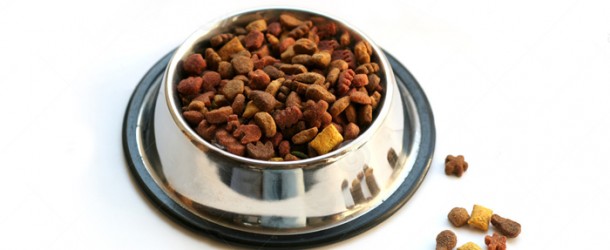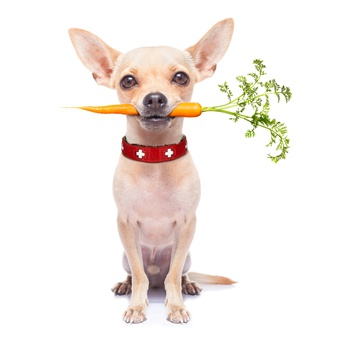It intrigues me to see how excited dogs and cats get when a can of smelly pet food is opened and dinner is on its way. They’re intelligent animals so how are they convinced this junk pet food is edible? According to vegan vet Dr. Andrew Knight, in an interview he shared with Animal World “years ago the pet food industry created an ingredient called ‘digest’”. Digest is considered to be the most powerful ingredient to enhance the tastiness of dogs and cats food to encourage them to eat it. If you Google this term it doesn’t provide anywhere near as much detail about what’s really in it that Dr. Knight shared. Since my main interest is in wellbeing for all animals I wanted to learn more about what feeding this food means to our dogs and cats health.
Dr. Knight explained that digest is made up of partially dissolved chicken entrails, intestines, bits of their livers and lungs and other organs found in the abdomen and thorax. These are partially dissolved using enzymes. These enzymes are a closely guarded trade secret and they also prevent bacteria putrefactions. When digest is coupled with other ingredients a pet’s digestion is arrested at a certain stage, this is also aided by the addition of a strong acid, usually phosphoric acid.
But that’s not all of the nasty stuff included! Dr. Knight also shared that fast food restaurant grease which has been many times over is sometimes sold to the pet food industry as ‘fat blenders’. If this grease is used multiple times to cook it accumulates high levels of free radicals which can damage pets’ tissues and organs. Ugh!
Other ingredients which may be present are meat, meat by-products, slaughterhouse waste, 4-D meal (diseased, disabled, dead or dying and not fit for human consumption), supermarket rejects and rendered dogs or cats. They also try to add anti-oxidants and flavor enhancers to limit the damage these products can cause to a pet’s health but the ability to limit this amount of damaged is quite limited.
There are also different types of contaminants that can be found in commercially produced meat based food for dogs and cats. Dr. Knight said these include a variety of bacteria and this is why we’re always hearing of outbreaks of things like salmonella, e coli, listeria and campylobacter. There are also fungi and prions which cause things like mad cow disease and the human equivalent of that. It’s enough to make anyone’s head spin.
Did you know that slaughterhouse animals are checked by inspectors who spend an average of about two to three seconds per carcass? This is done to ensure that the carcass is free of all of these contaminants as well as parasitic worms, diseased or cancerous tissue. With such a short inspection it’s hardly surprising we see so many incidences of human food poisoning and animal reactions like diarrhea and vomiting. Dr. Knight commented that these days it’s almost considered normal for dogs once a month for example.
It’s alarming that a potent concoction of meat based commercial pet food and great marketing has created an estimated $23 billion in 2015 the USA alone.
How do you start to transition pets to a healthier diet?
Dr. Knight explained that the diet has to be palatable and taste good to the animals with good color, texture and smell so that it will be eaten. It has to be bio-available which means digestible and absorbable and meet the right locations in the body. There are a range of commercially available vegan diets for cats and dogs that aim to achieve all of these things and appear to do so very successfully as far as he can tell. You can also contact a vegan vet or do more research on the topic before you start the transition. Dr. Knight advises to slowly introduce new food mixing it in. This may be done over two to three weeks, carefully supervising each pet’s reaction to the change and dietary preferences. Some people say that dogs are easier to transition than cats. However Dr. Knight is a big proponent for introducing a cat to a vegan diet but it may take up to six months. My kitty is nearly 18 and hasn’t managed this yet.
What are the benefits?
Usually there is an improvement in overall health and vitality and decreased incidences of cancer, infections and a hormonal disease called hypothyroidism. Often times there is a decrease of external parasites like fleas, ticks, lice and mites, improvement in coat condition and skin allergies. Some pets experience weight loss. Sadly obesity is becoming the biggest health issue of dogs today and even cats. Other pets may experience a regression of arthritis and diabetes too. Interestingly a resolution of cataracts if this addressed before these are too advanced. This is good to know as personally I would never have even thought about that.
Our pets love and entrust us with their health and wellbeing. If their eating a vegan diet benefits their health and the lives of farm animals it’s worth taking the time and making the effort to do it.
My two dogs are now vegan and they love it. They are seven and eight years old, full of beans (no pun intended) and act like puppies.

